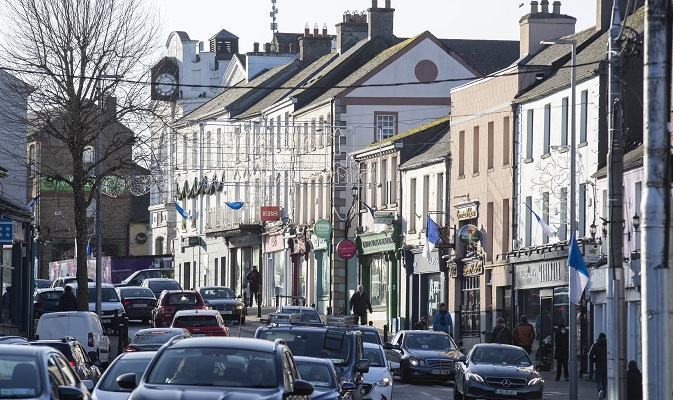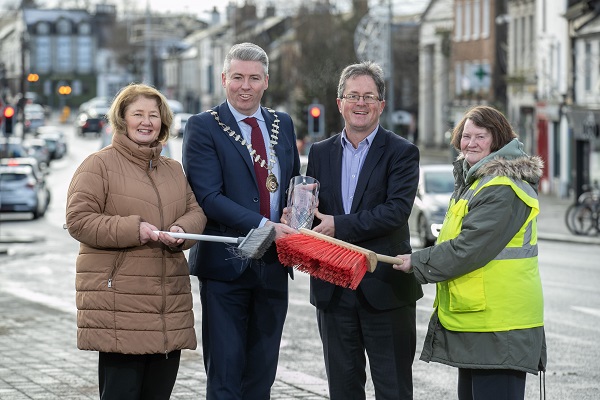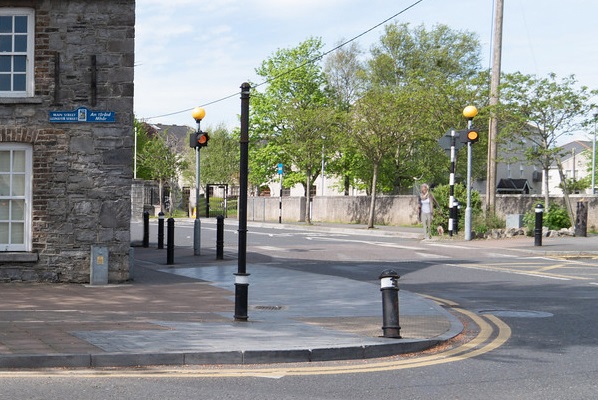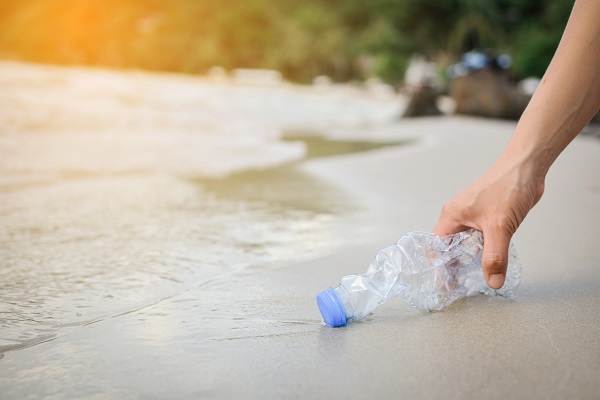
Litter survey shows tourist hotspots well set for peak season
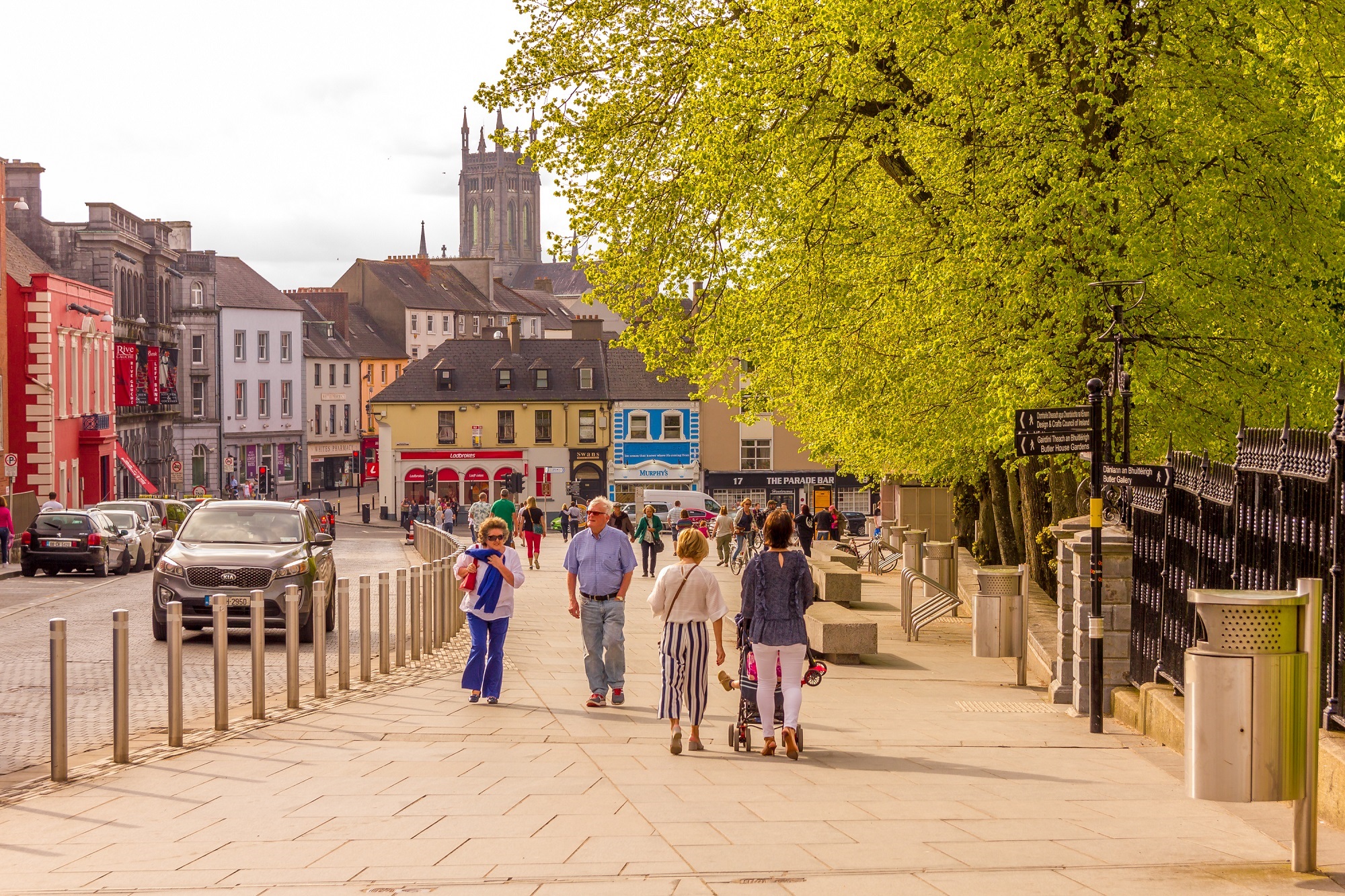
10 June 2019 – Ireland’s principal tourist towns and cities are cleaner than ever as the peak season for visitors approaches. This is according to the latest survey by business group Irish Business Against Litter (IBAL), which showed Dublin, Galway and Cork city centres, Kilkenny and Killarney registering record levels of cleanliness. By contrast, Ballymun was deemed a litter blackspot at the foot of the rankings. Dublin North Inner City was again seriously littered, a status IBAL attributes in part to the widespread use of bags over bins in domestic waste collection.
Litter levels were assessed in 40 towns and cities across the country by An Taisce, who found 31 of them, or 77% to be clean. This was in line with recent IBAL surveys. Kilkenny topped the rankings for the 5th time, ahead of Athlone and Killarney, and the centres of our main cities Dublin, Cork, Galway and Waterford were cleaner than previously, only Limerick failing to achieve Clean status.
“Today’s tourists demand high levels of cleanliness and these results indicate that’s what they will be getting this year when they come to Ireland,” says IBAL’s Conor Horgan.
“It is also important that their first impression be a good one, so it’s pleasing to see the roads around Dublin Airport are again to Clean to European norms.”
An Taisce complimented Kilkenny on “returning to a place it has been many times – the top of the IBAL table. The entire area was pristine.” Portlaoise, Tralee and Letterkenny enjoyed their best-ever showings in the survey and were among 14 towns deemed to be ‘Cleaner than European norms”.
For the first time in 3 years, an area received the lowest grade of ‘litter blackspot’ as Ballymun recorded one of the worst results since the league was founded 17 years ago. The examiner noted it was “especially disappointing that sites which had been top ranking in previous surveys were littered”. The car park at Ballymun Shopping Centre was described as “a complete ‘eye-sore’ right in the centre of Ballymun” while Balbutcher Lane wasn’t just littered but subject to dumping, as was Shangan Road.
“An indication of the progress we’ve made over past 5 years has been the absence of litter blackspots in our survey,” says Mr Horgan. However, as the Ballymun and other results show, there has been little if any progress in disadvantaged areas of our cities. The gap between these areas and the commercial high-footfall commercial city centres is widening.”
Galvone in Limerick City South was deemed ‘littered’, but improved significantly on its previous result, while the Mahon in Cork and Cork’s Northside remained littered. Dublin’s North Inner City improved slightly but was still ‘seriously littered’ near the foot of the rankings.
According to IBAL, changing domestic waste collection from plastic bags to conventional bins could significantly improve cleanliness in this area. “Bags are an antiquated form of collection which lead to dumping,” says Mr Horgan. “All too often they are left out for long periods on the street and attract other people’s waste. In addition, they are prey to the growing problem of gulls or vermin damaging them in the search for food. Bins present an altogether neater and more hygienic solution.”
IBAL is calling on the Council to review the many streets which are exempted from an EU law requiring waste collection by bins and work with the private waste companies to introduce special bins where space is an issue. “The derogation from the EU law in the North Inner City is too broad, with damaging consequences.”
Dumping continues to feature prominently in IBAL surveys and accounts for many of the individual blackspots found in cities. Limerick City’s rating was brought down by dumping in the basements of Cecil Street and an area at Upper William Street, described as “filthy, one of the worst sites in a city centre environment.”Ahouse on Seville Place in Dublin was used as a dumping ground, with “a mattress and all manner of rubbish” present, while a car park at Lakelands View in Mahon in Cork was “in a shocking state, clearly used as a dumping ground for domestic rubbish … soiled nappies and several dozen black sacks”. Otherwise clean, Ballybeg in Waterford suffered from dumping beside the GAA Club and at the Horticultural Project Initiative. “What was probably set out to be a place of pleasure has been destroyed,” according to An Taisce.
“We have a perception of dumping as something that takes place outside of our cities and towns, far from public view,” says Mr Horgan. “The survey shows this is not the case.”

